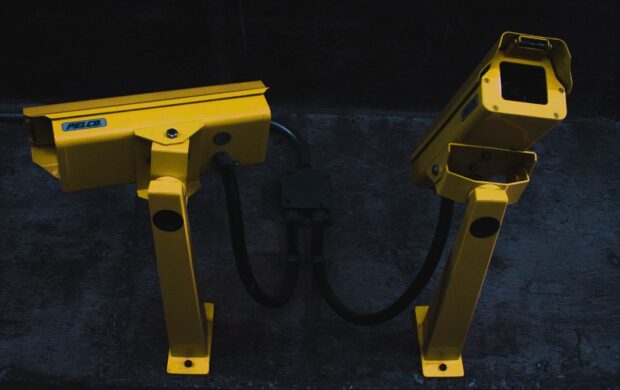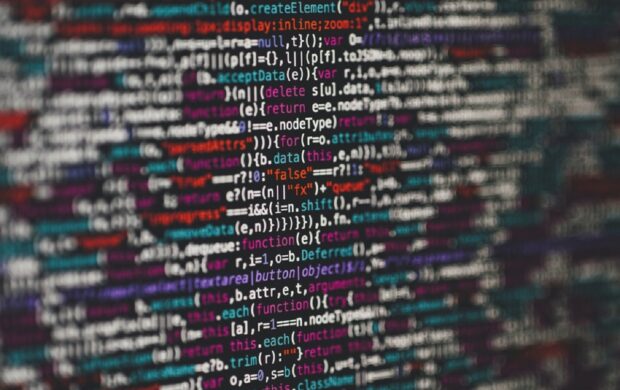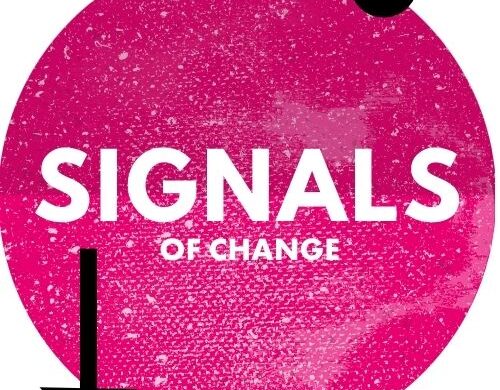In November 2016, two months after its Neural Machine Translation (GNMT) system was switched on, Google found that the AI computer had developed its own internal language to represent the concepts it uses to translate between other languages.
Google created the GNMT system to help it automatically improve languages. Rather than translating individual phrases or words, the machine learning system analyses and makes sense of languages by looking at entire sentences. Following several months of testing, researchers behind the AI have seen it be able to blindly translate languages even if it’s never studied one of the languages involved in the translation. In one instance, for example, the AI was taught Portuguese to English and English to Spanish translations. From this, the AI was able to make translations between Portuguese to Spanish.
The GNMT system was able to make “reasonable” translations of the languages it had not been taught through the creation of ‘interlingua’, a type of artificial language, used within the AI to explain how unseen material could be translated.











